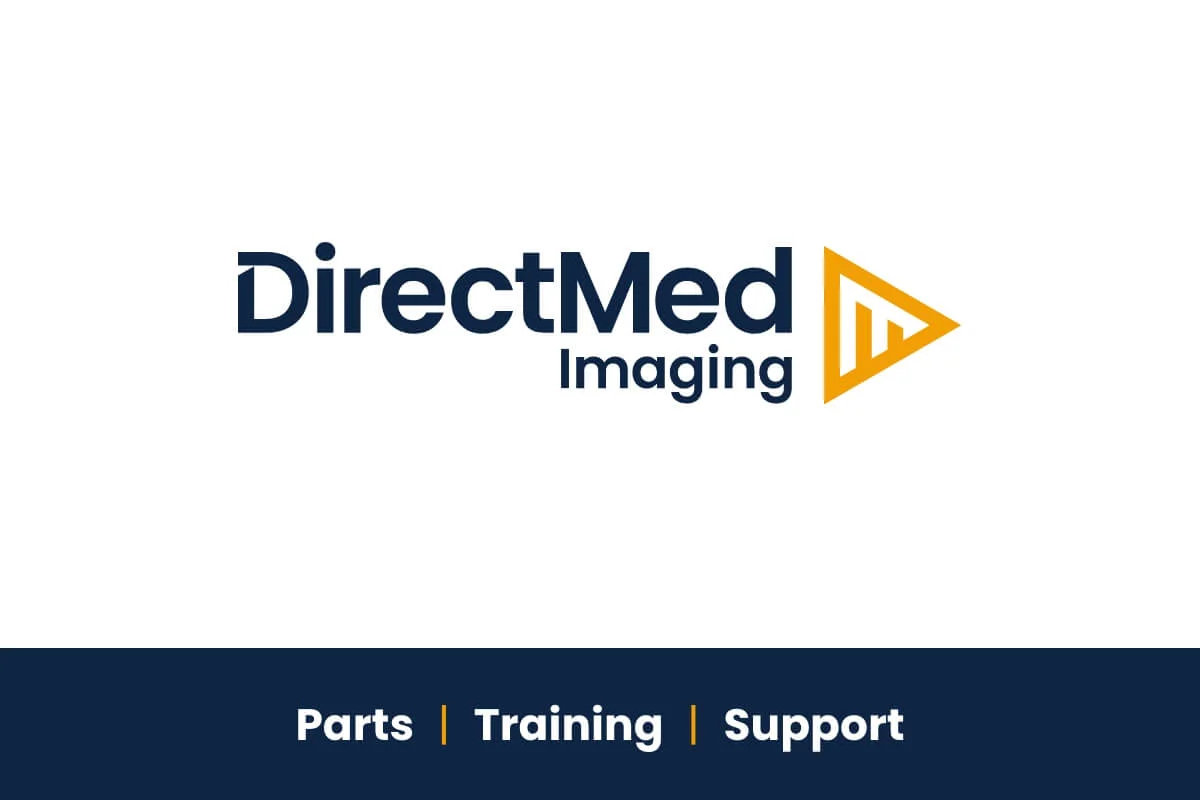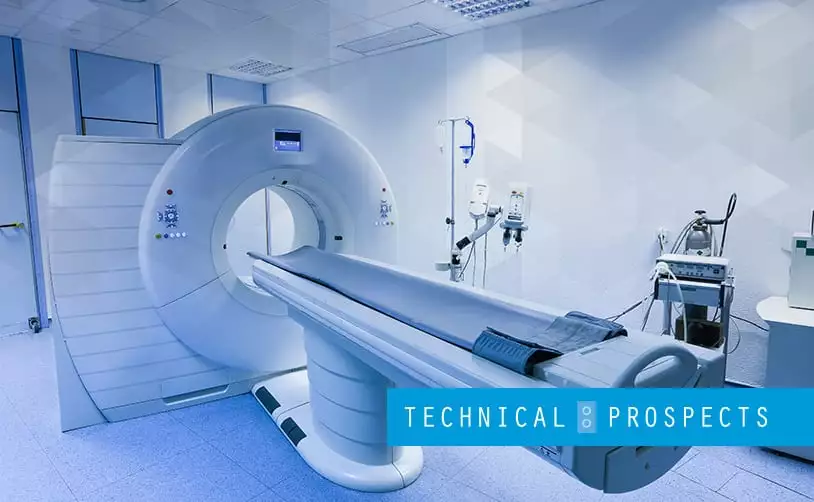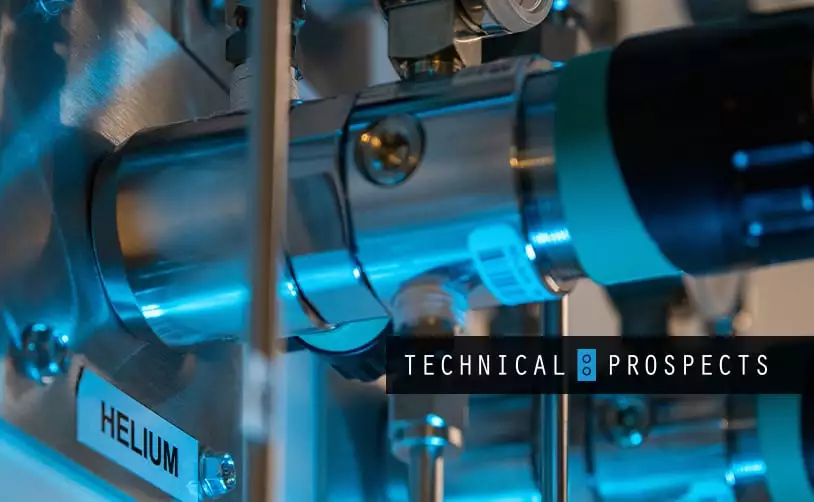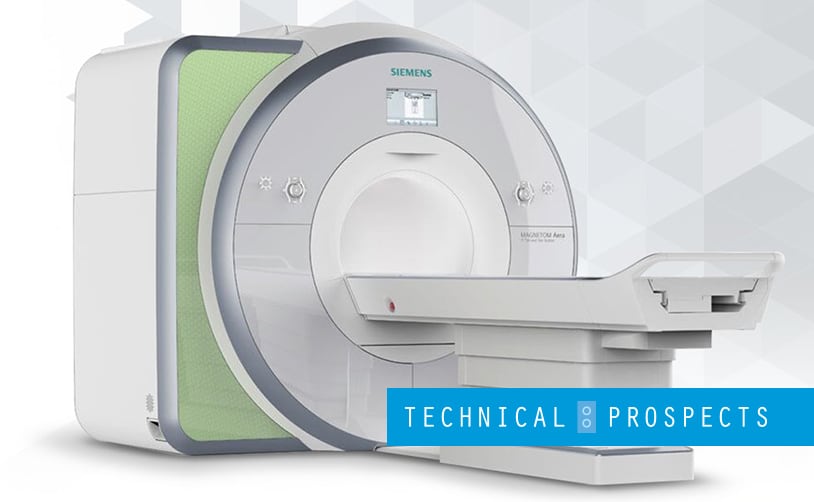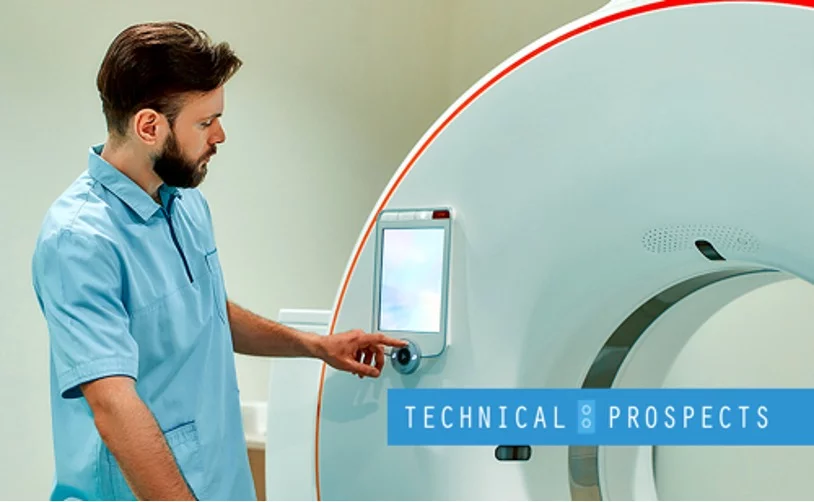Medical imaging technologies are at the top of the class when it comes to life-saving medicinal advancements. Hospitals need to have a lineup of non-invasive methods and safe techniques to diagnose and find ways to treat patients, made possible by such equipment. As these advance over time, how doctors detect and treat illness will continue to improve, all thanks to machines like MRIs and CT scanners.
CT scanners come in a second variant that not many are aware of in today’s healthcare industry. In comparison, a traditional CT scanner has a whole machine taking up a room and scans a person’s entire body while flat on a platform, while Cone Beam variants are different. They share similar functions and results, but the technical aspects of each are various.
Computed Tomography Scan
Computed Tomography, or CT for short, produces pictures of a body’s internal structure and makes it visible to a computer. They use X-rays that put harmless radiation into the body to create a cross-section to view the inner workings. Doctors typically have these done for pre-surgery analysis to know what area to cut into for the least resistance.
CT scanners typically transmit the radiation using a fan beam in the shape of a spiral. When the images are scanned, these are then mixed and arranged into detectors arranged around a patient, and this is where single images can be produced. This machine also uses an X-ray tube that rotates and gives off a scan by utilizing a high-output anode.
Cone Beam CT Scanners
A Cone Beam CT (CBCT) uses a beam shaped like a cone and radiates from an X-ray source at the top. It covers a large volume with a single rotation around the patient. A computer then creates a reconstructed image that is 3-Dimensional and of high resolution using the technology’s algorithms. CBCT scanners use a medical fluoroscopy tube with lower power than the traditional machine’s CT parts.
The Difference Between the Two
The most considerable difference between the two is the strength of radiation patients are exposed to during a procedure. While a single scan won’t exactly give harsh radiation poisoning effects on patients, there is still more exposure with one machine over the other. CBCT machines typically operate quicker thanks to the scan’s conical motion, allowing it to piece together an image with lower radiation levels. CT scanners use a spiral motion, which means that they will be much slower in creating an accurate picture.
In terms of exposure, the latter might have to scan different areas of the body separately, giving the patient a higher radiation level than required. This process is true if the maxilla and mandible scans are both needed, as it will double the amount of radiation necessary to expose both cross-sections. A CBCT scan examines both simultaneously, which reduces the exposure limits and levels of a patient for an overall safer imaging procedure.
When scanning, the posture of a patient makes each one different. Conventional CT scanners require the patient to lie down on a platform. CBCT scanners typically don’t have any posture parameters, as even slight deviations do not cause errors in the scans’ accuracy.
Conclusion
CT scanners are essential pieces of technology, and each has its own applications in medicine. Depending on the doctor’s requirements on call and the machines each hospital is equipped with, these CT variants will enjoy heavy use daily. DirectMed Parts & service is ready to help with the maintenance and upkeep of various medical imaging technologies.
DirectMed Parts is the premium source of MRI and CT Scan replacement parts in the USA. We carry a wide range of components for various brands, putting your machine in good hands with us. Contact us to learn more about what items you may need for your MRI or CT scanners.
